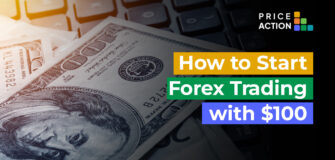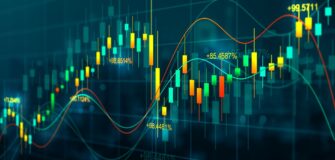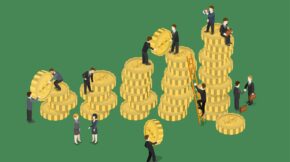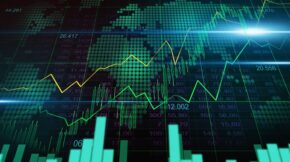FOREX Fundamental Analysis
Share

Most FOREX traders depend upon analysis to form their trading strategy. This blog will discuss fundamental analysis. The opposite common style of analysis is technical analysis. After reading this text you ought to have a stronger understanding of fundamental analysis and the way to use it as a part of your FOREX strategy.
Political and economic changes are the idea of fundamental analysis. These can frequently affect currency prices. Traders that benefit from the fundamental analysis will gather their information from a spread of story sources. they’re searching for information about unemployment forecasts, political ideologies, economic policies, inflation, and growth rates.
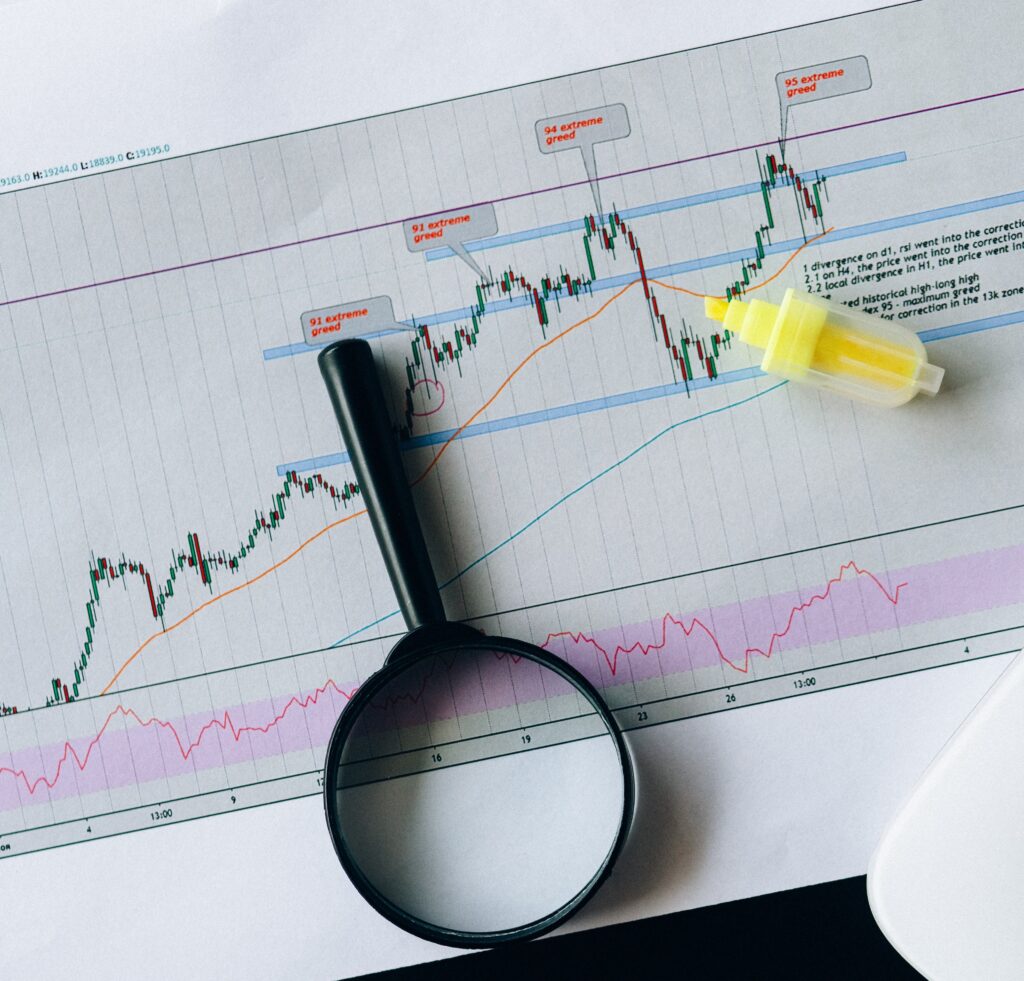
Fundamental analysis will provide you with a summary of currency movements and a broad picture of the economic conditions. Most traders then will combine their fundamental analysis with technical analysis to plot actual entrance and exit points still as confirming the data provided by their fundamental analysis.
Just like most markets the FOREX market is controlled by supply and demand. Many economic factors can affect the provision and demand but the 2 most crucial ones are interest rates and also the strength of the economy. The overall strength of the economy is laid low with changes within the GDP, trade balances, and also the amount of foreign investment.
There are many economic indicators released by the government and academic sources. These indicators are usually released on a monthly basis but will sometimes be released weekly. These are pretty reliable measures of economic health and are closely followed by all traders.
There are many indicators that are released but a number of the foremost important and commonly followed are interest rates, international trade, CPI, consumer goods orders, PPI, PMI, and retail orders.
Interest Rates – can cause a currency to either strengthen or weaken looking in the direction of movement. In some cases, high-interest rates will attract foreign money, however, high-interest rates will frequently cause exchange investors to sell off their portfolios. they are doing this believing that the upper cost of borrowing money will adversely affect many companies. If enough investors sell off their holdings it can cause a downturn within the market and negatively affect the economy.
Which of those two effects will happen depends on many complex factors, but there’s usually an agreement among economic observers on how this change in interest rates will affect the final economy and also the price of the currency.
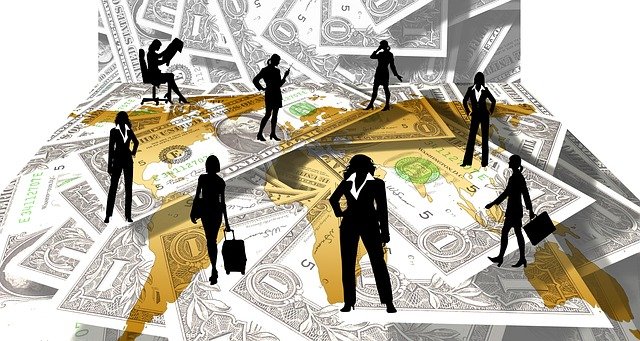
International Trade – If there’s a deficit (more items imported than exported) it’s usually considered a negative indicator. When there’s a deficit it implies that extra money is leaving the country to shop for foreign goods than is entering the country and this may have a devaluing effect on the currency. Usually, though trade imbalances are already factored into the market consideration. If a rustic normally operates with a deficit then there shouldn’t be an effect on the currency price. The currency price will normally only be affected by trade differences when the deficit is larger than the market expected.
The measurement of the value of living (CPI) and also the cost of manufacturing goods (PPI) are a pair of other important indicators. you ought to also watch the GDP which measures the worth of all the products produced in an exceedingly country and also the M2 cash in hand which measures the whole amount of currency for a rustic.
In the US alone there are 28 major indicators, these can have a powerful effect on the financial market and may be closely watched. This information is often found in many places on the web and is provided by many brokers.

